Suisnish, Isle of Skye: The atmospheric ruins of a Clearance village
Beauty now reigns in a tragic spot where hundreds of villagers suffered during the Clearance
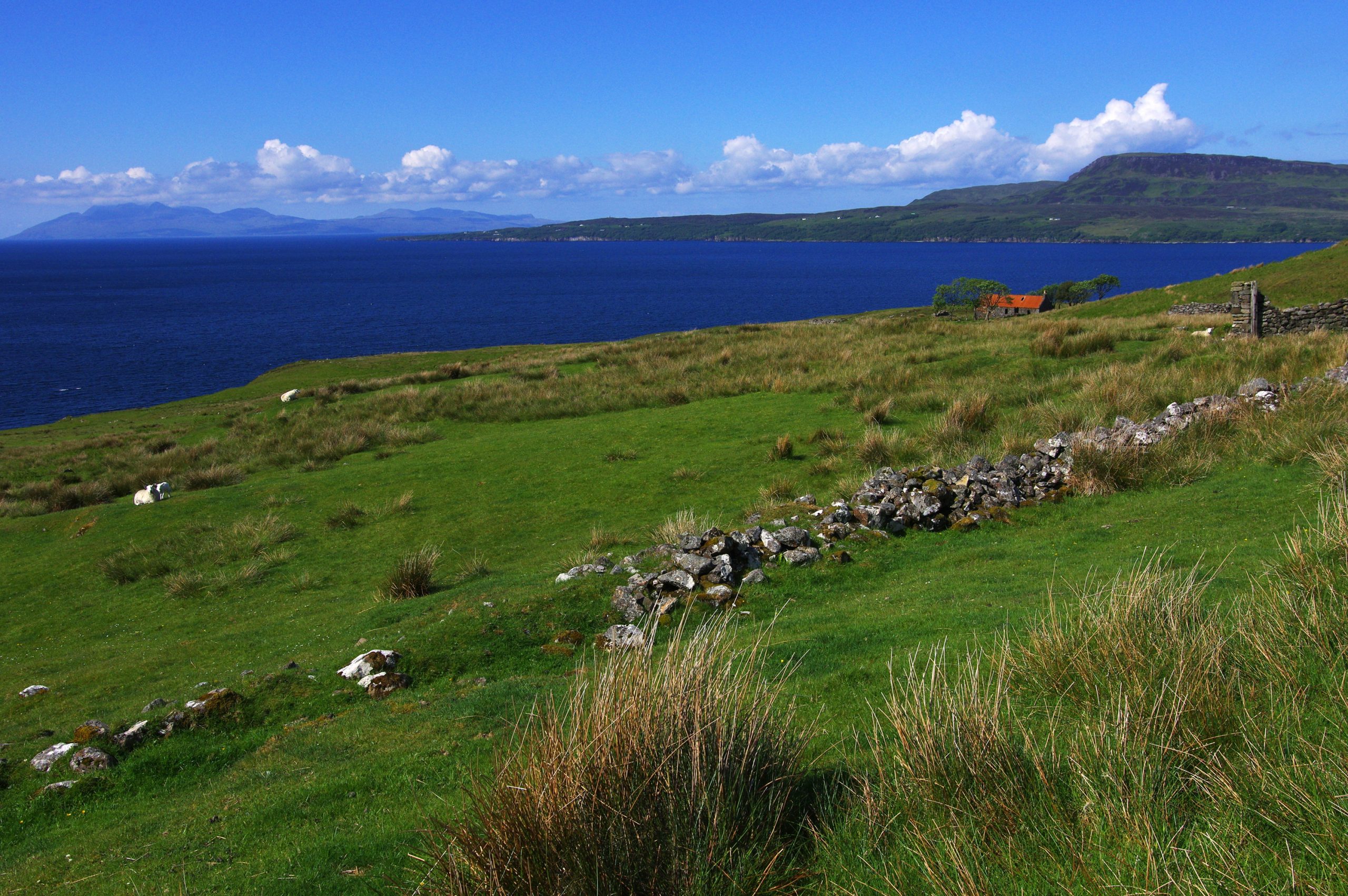

A visit to the ruins of Suisnish, one of the most haunting of all the Clearance villages, involves a five-mile walk from the beach at Camas Malag, past waterfalls and old marble quarries.
In a glorious setting, with roofless cottages and views over Loch Slapin, it is incredibly moving, particularly as we know hundreds of villagers traipsed through snow, their homes razed, and many died.
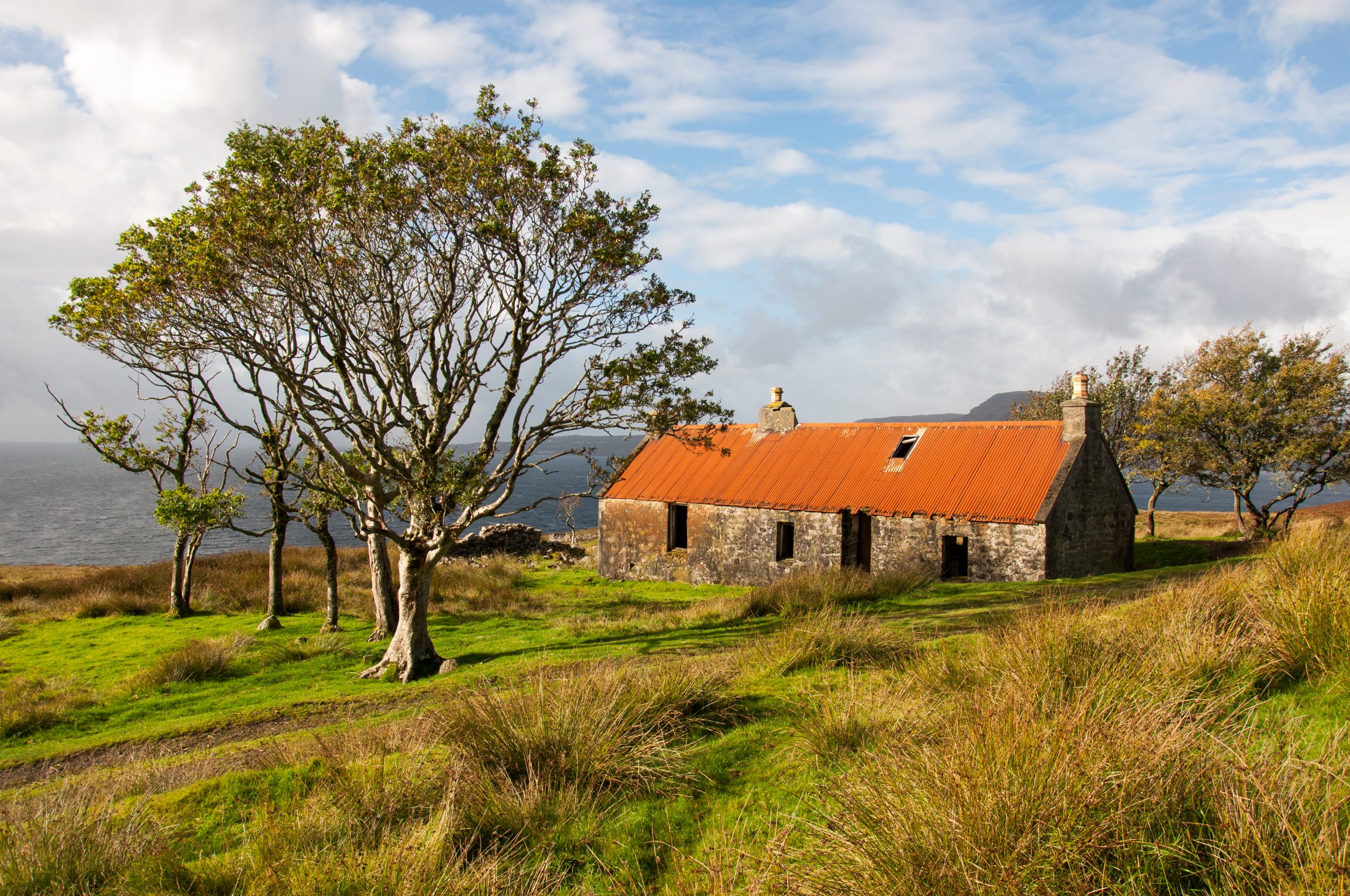
Visiting geologist Archibald Geikie described the scene in 1853: ‘A strange wailing sound reached my ears. I could see a long and motley procession winding along the road... A cry of grief went up to Heaven, the long plaintive wail, like a funeral coronach. The sound re-echoed through the wide valley of Strath in one long prolonged note of desolation.’
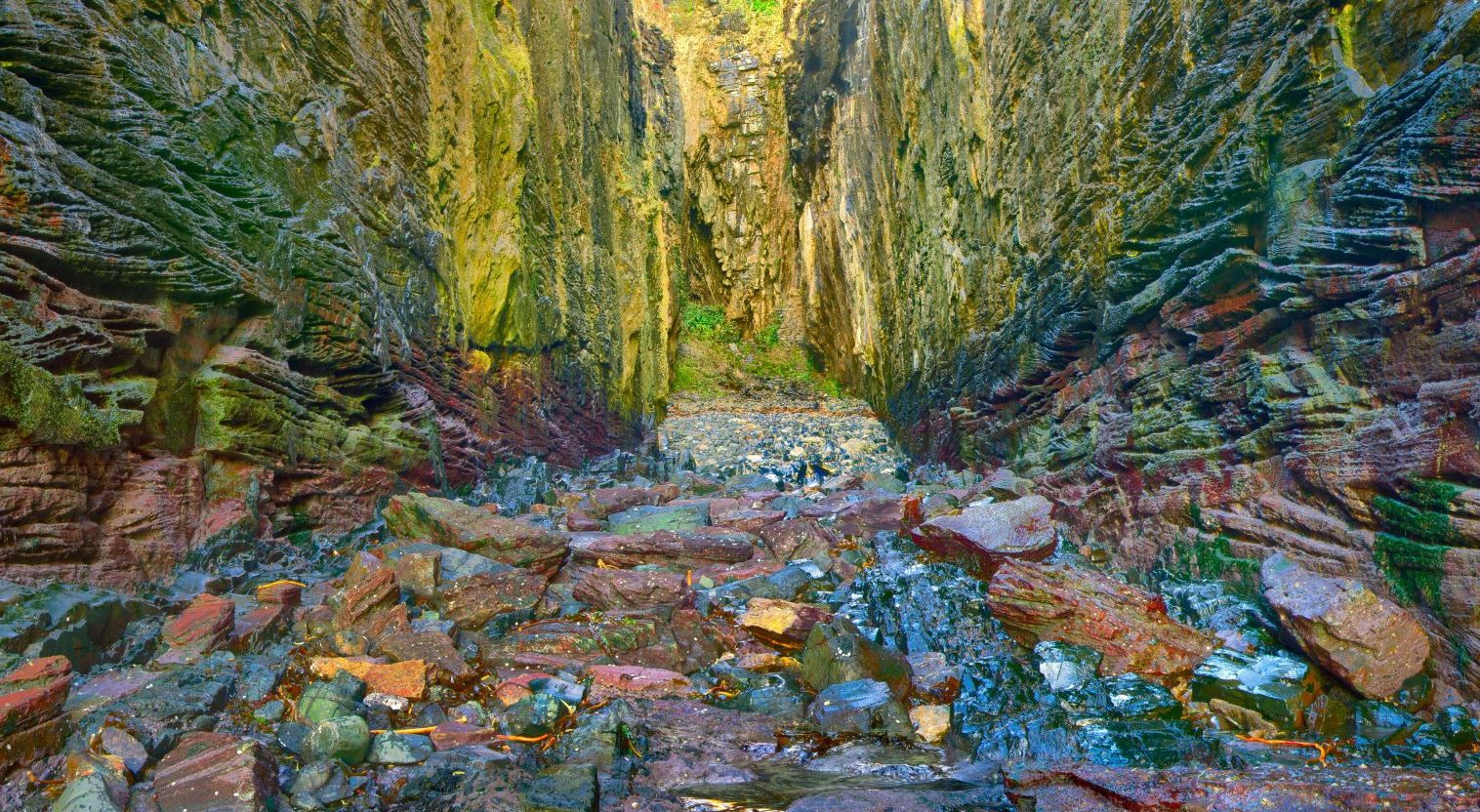
Spar Cave: The cathedral-like hiding place on the Isle of Skye, accessed via a cliff face and a ravine
Spar Cave on the Strathaird peninsula was recommended my no less a figure than Walter Scott, yet remains quiet and
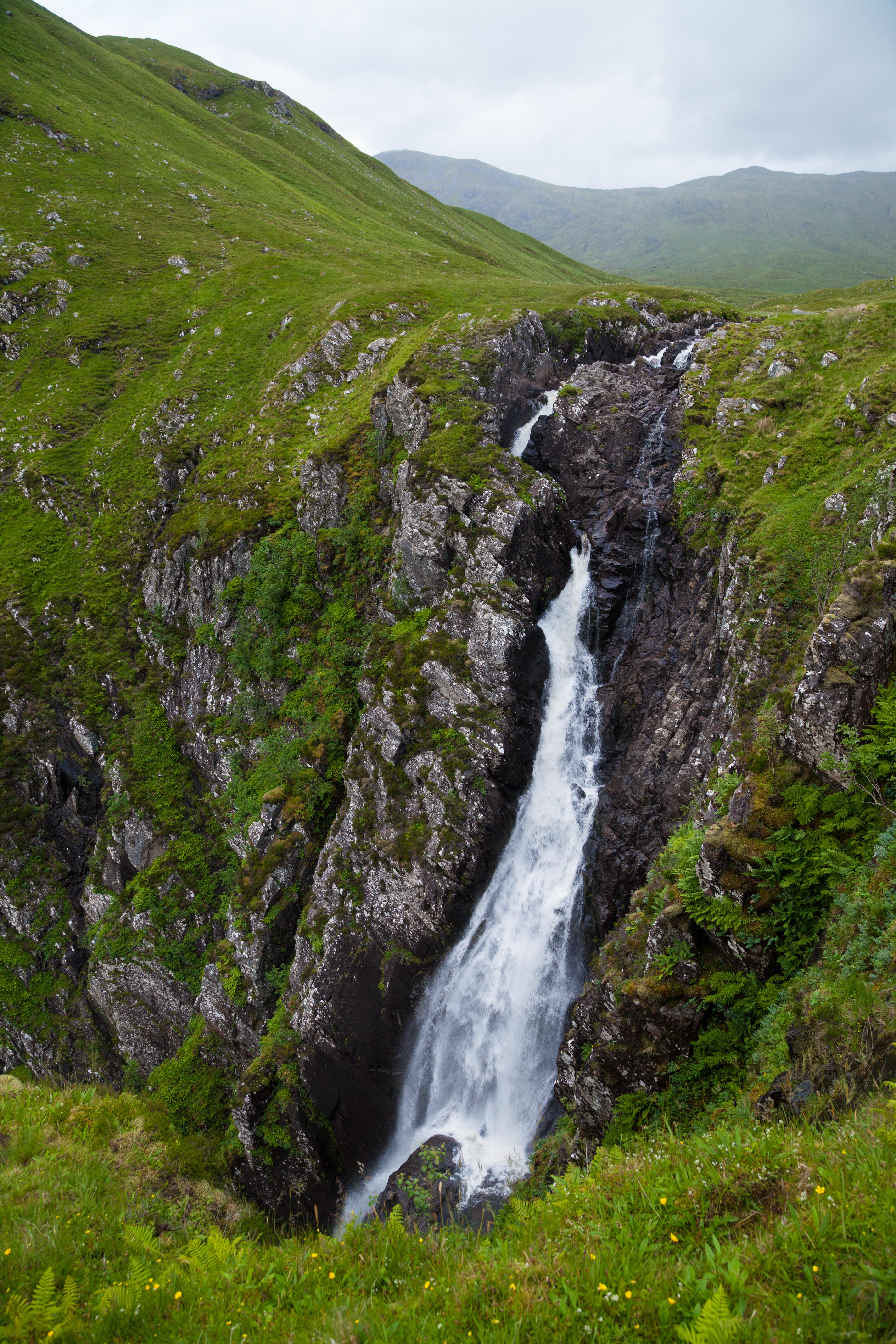
Falls of Glomach, Ross and Cromarty: Britain's most isolated, and perhaps most spectacular waterfall
Annunciata Elwes's Secret Britain series looks at Falls of Glomach, one of the highest waterfalls in the UK.
Exquisite houses, the beauty of Nature, and how to get the most from your life, straight to your inbox.
Annunciata is director of contemporary art gallery TIN MAN ART and an award-winning journalist specialising in art, culture and property. Previously, she was Country Life’s News & Property Editor. Before that, she worked at The Sunday Times Travel Magazine, researched for a historical biographer and co-founded a literary, art and music festival in Oxfordshire. Lancashire-born, she lives in Hampshire with a husband, two daughters and a mischievous pug.
-
 You can now rent King William IV’s former home in London’s Mayfair — for a princely sum
You can now rent King William IV’s former home in London’s Mayfair — for a princely sumThe London property — with royal lineage — is on the market with the estate agency Wetherell for £25,000 a week.
-
 Guy Ritchie: 'My mother married an impoverished aristocrat with a knackered country pile. I've been chasing that dream ever since'
Guy Ritchie: 'My mother married an impoverished aristocrat with a knackered country pile. I've been chasing that dream ever since'The film maker opens up about his love for the countryside, and his friendship with Sir David Beckham.
-
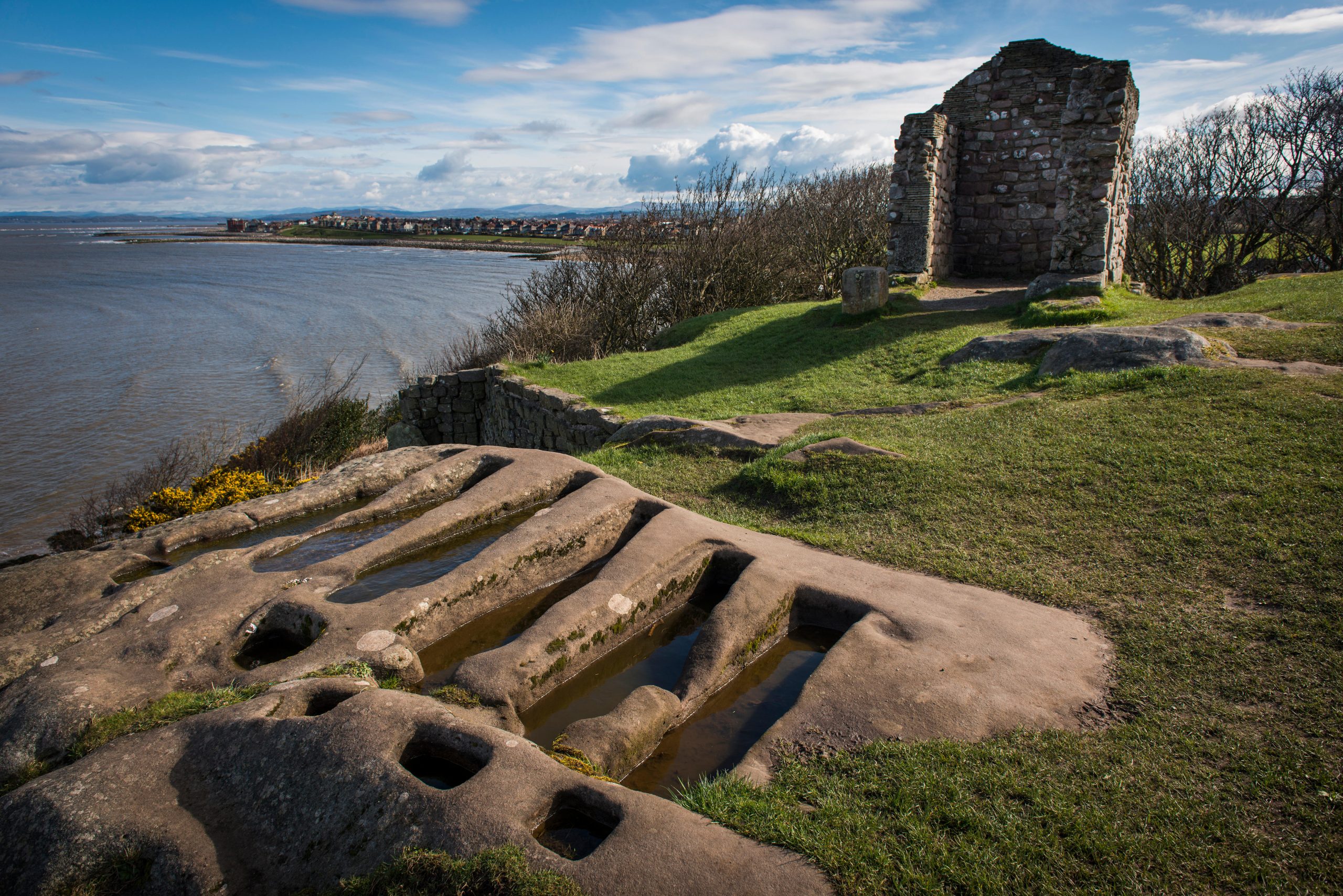 St Patrick’s Chapel ruins, Heysham: The mythical Lancashire ruins with a heavenly view
St Patrick’s Chapel ruins, Heysham: The mythical Lancashire ruins with a heavenly viewAnnunciata Elwes takes a look at St Patrick’s Chapel ruins, a Morecambe Bay landmark.
-
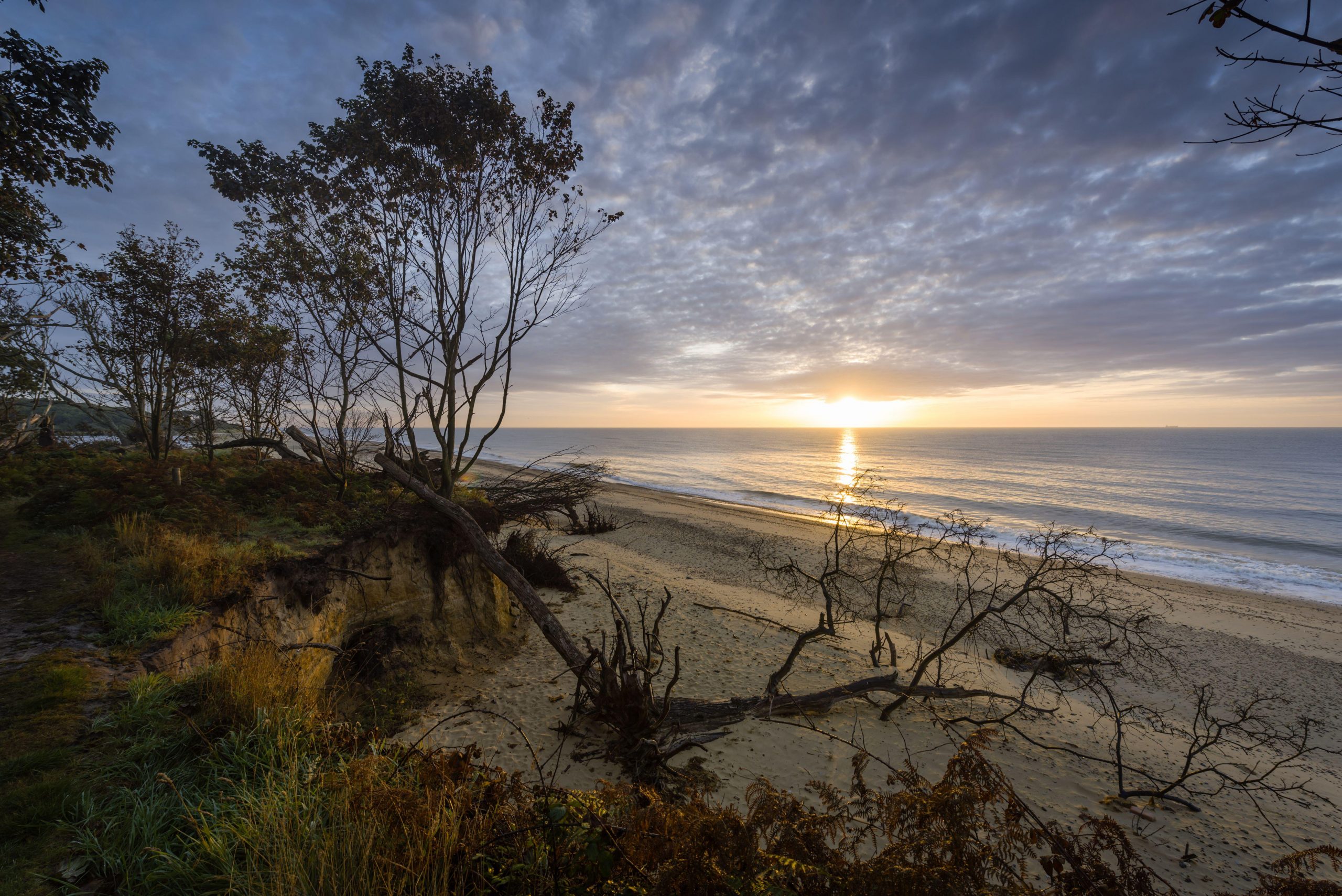 Covehithe beach, Suffolk, where the cliffs crumble like cake
Covehithe beach, Suffolk, where the cliffs crumble like cakeThe most eroded beach in Britain has a post-apocalyptic feel.
-
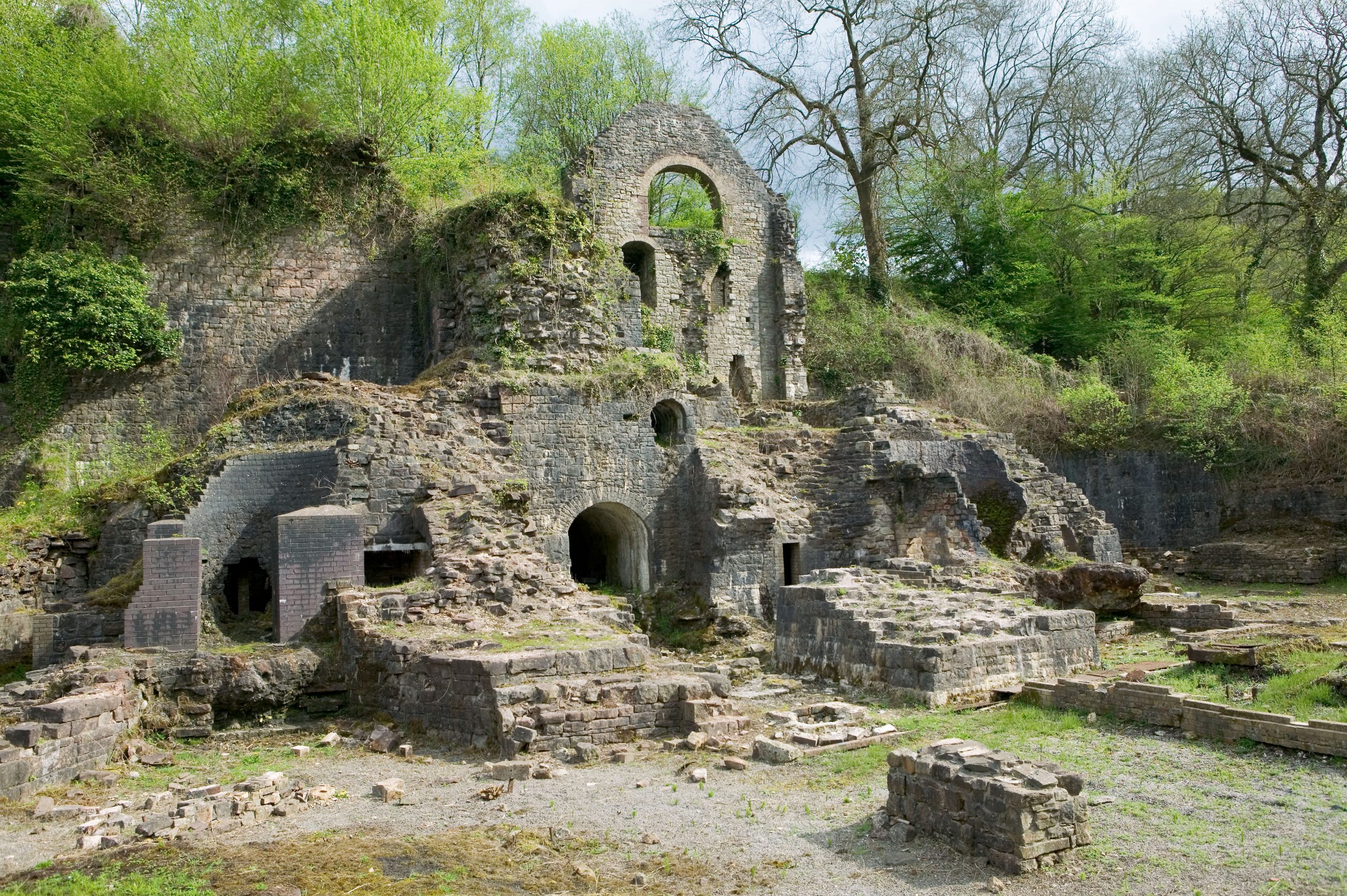 Clydach Ironworks, Monmouthshire: Ruins in the gorge that inspired Shakespeare
Clydach Ironworks, Monmouthshire: Ruins in the gorge that inspired ShakespeareAn oasis of quiet now stands where the steam hammers thudded at this Welsh ironworks, in a river valley that may have moved Shakespeare to write A Midsummer Night’s Dream.
-
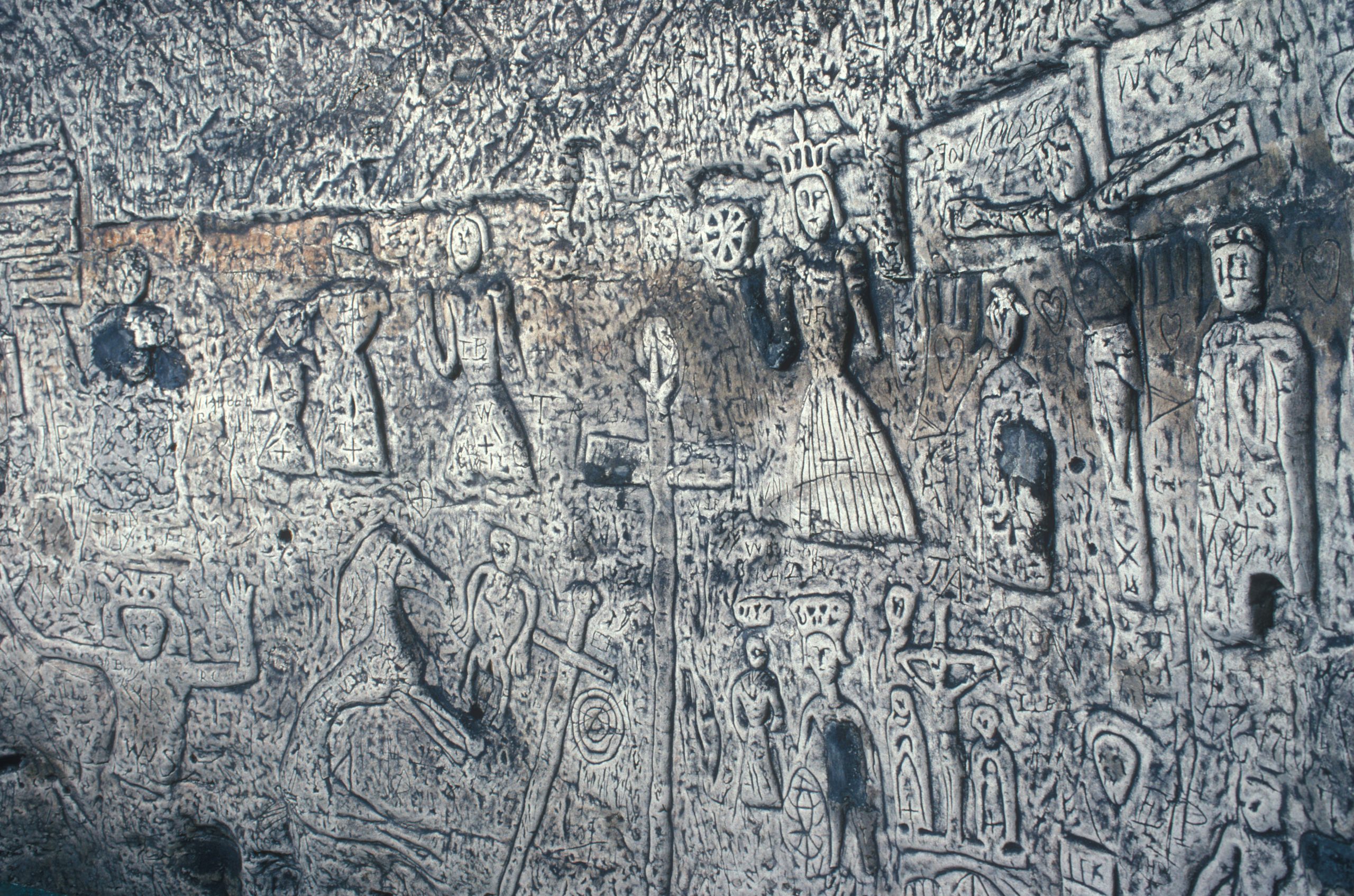 Royston Cave, Hertfordshire: A mysterious site full of sacred energy
Royston Cave, Hertfordshire: A mysterious site full of sacred energyOur Secret Britain series continues with a Hertofrdshire cave whose true nature remains unknown.
-
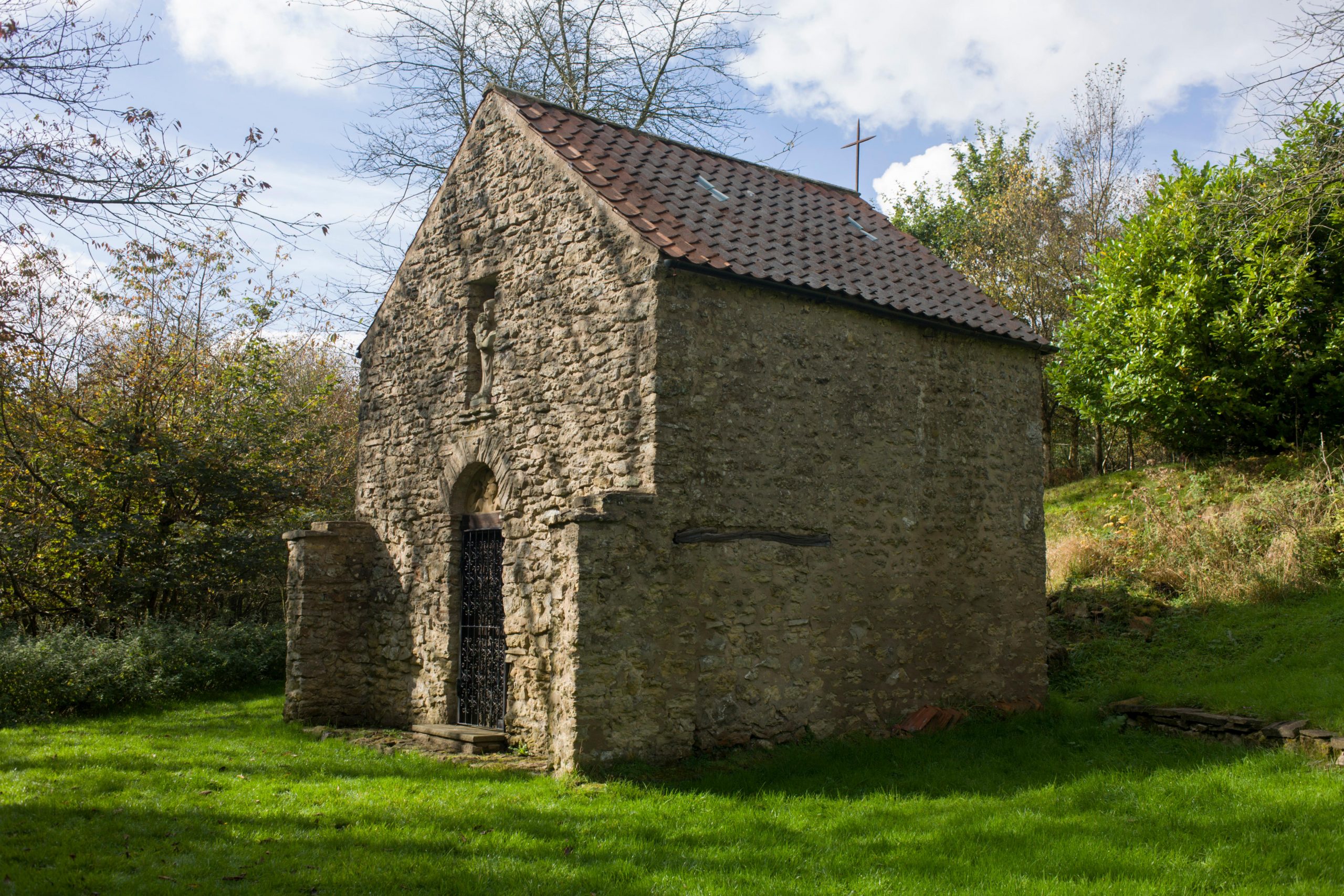 John Bunting War Memorial Chapel, Scotch Corner: The painstaking transformation of rubble to War Memorial
John Bunting War Memorial Chapel, Scotch Corner: The painstaking transformation of rubble to War MemorialAnnunciata Elwes celebrates the effort that turned a derelict house into a memorial.
-
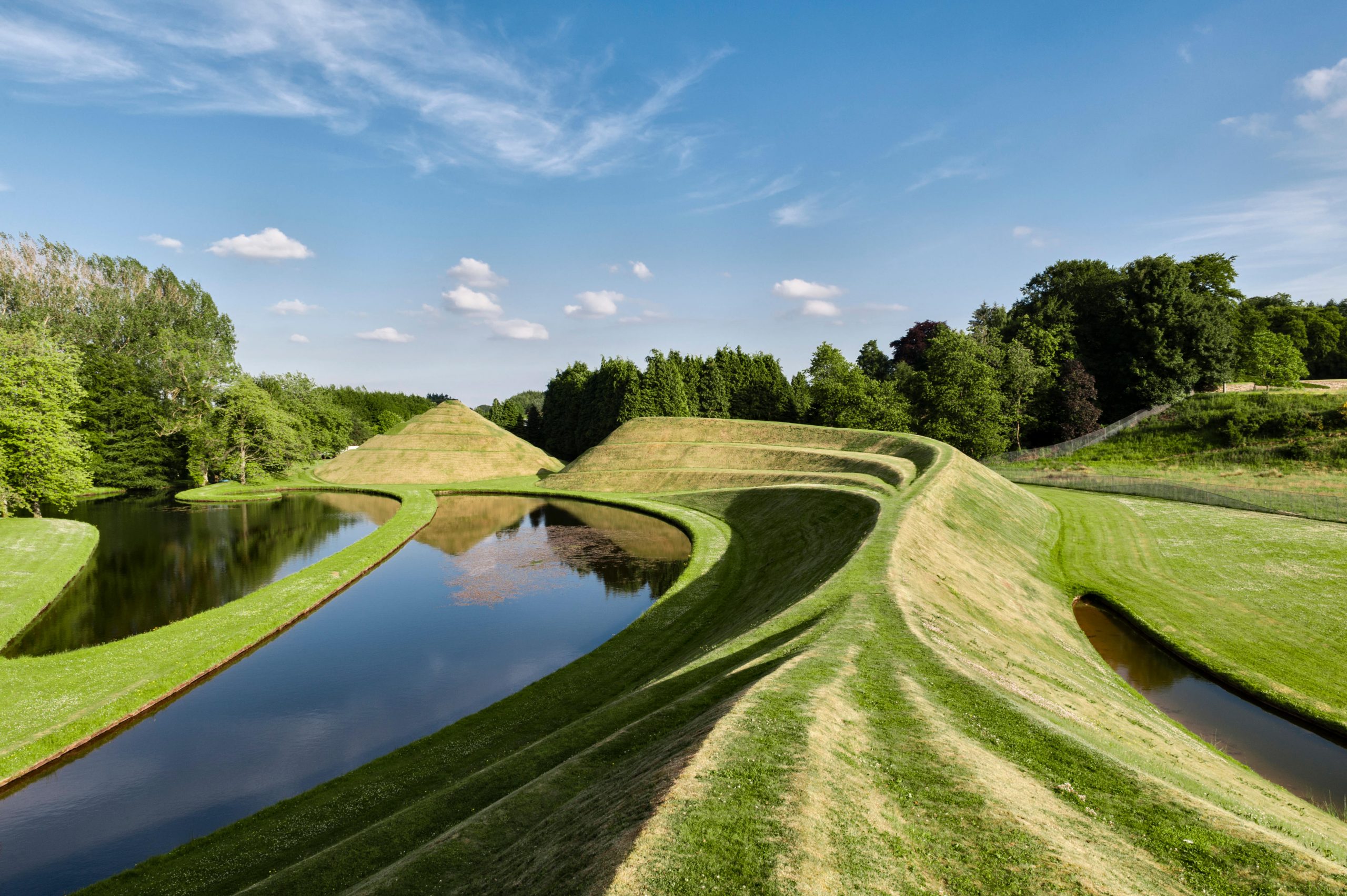 The Garden of Cosmic Speculation: The surreal space where Lewis Carroll and Willy Wonka meet Capability Brown
The Garden of Cosmic Speculation: The surreal space where Lewis Carroll and Willy Wonka meet Capability BrownSurrealism, philosophy, nature and gardening come together at the Garden of Cosmic Speculation, as Annunciata Elwes explains.
-
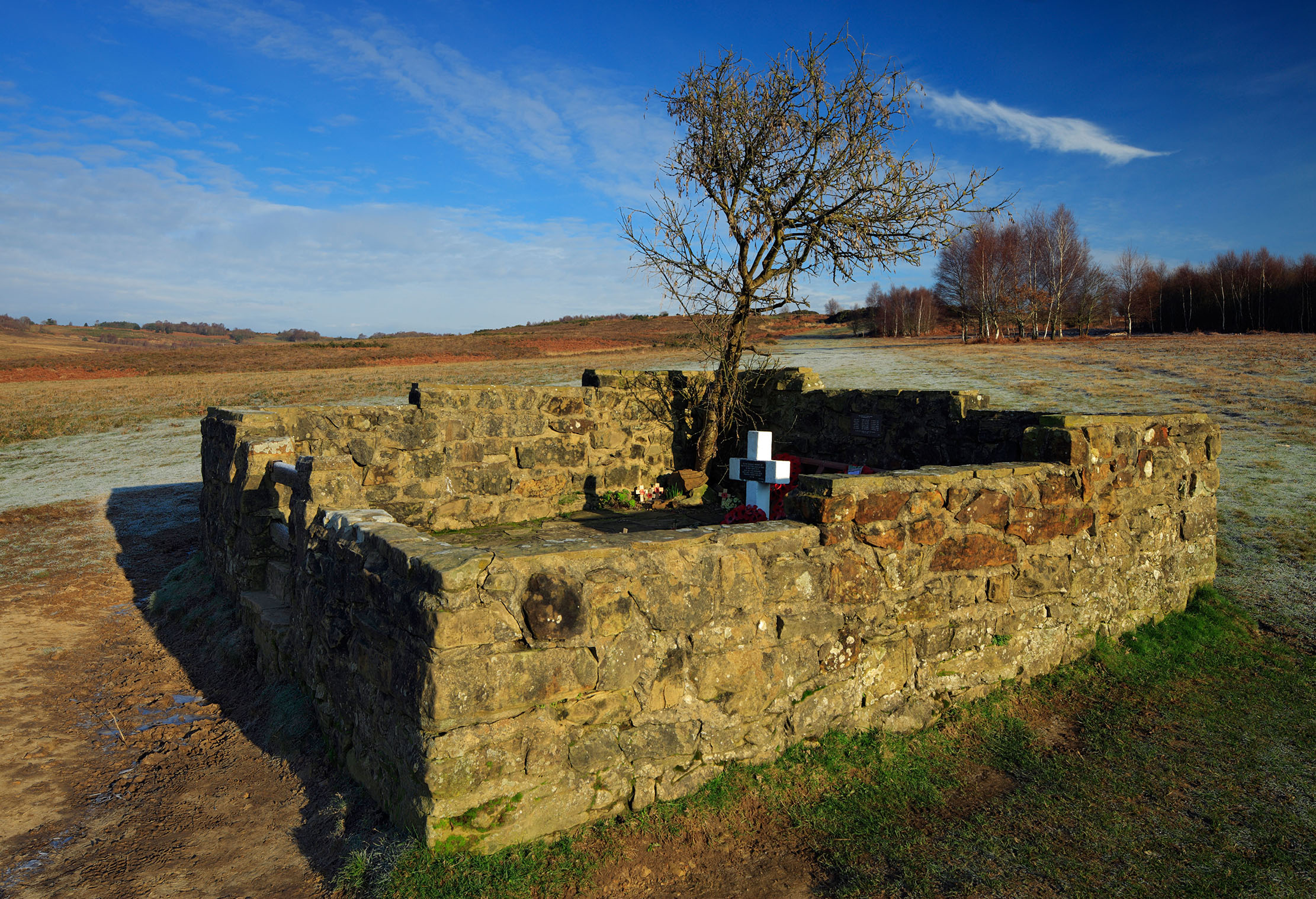 The Airman’s Grave, Ashdown Forest: A touching and little-known memorial to victims of war and fate
The Airman’s Grave, Ashdown Forest: A touching and little-known memorial to victims of war and fateA wartime tragedy in East Sussex's Ashdown Forest is among our Secret Britain picks, as chosen by Annunciata Elwes.
-
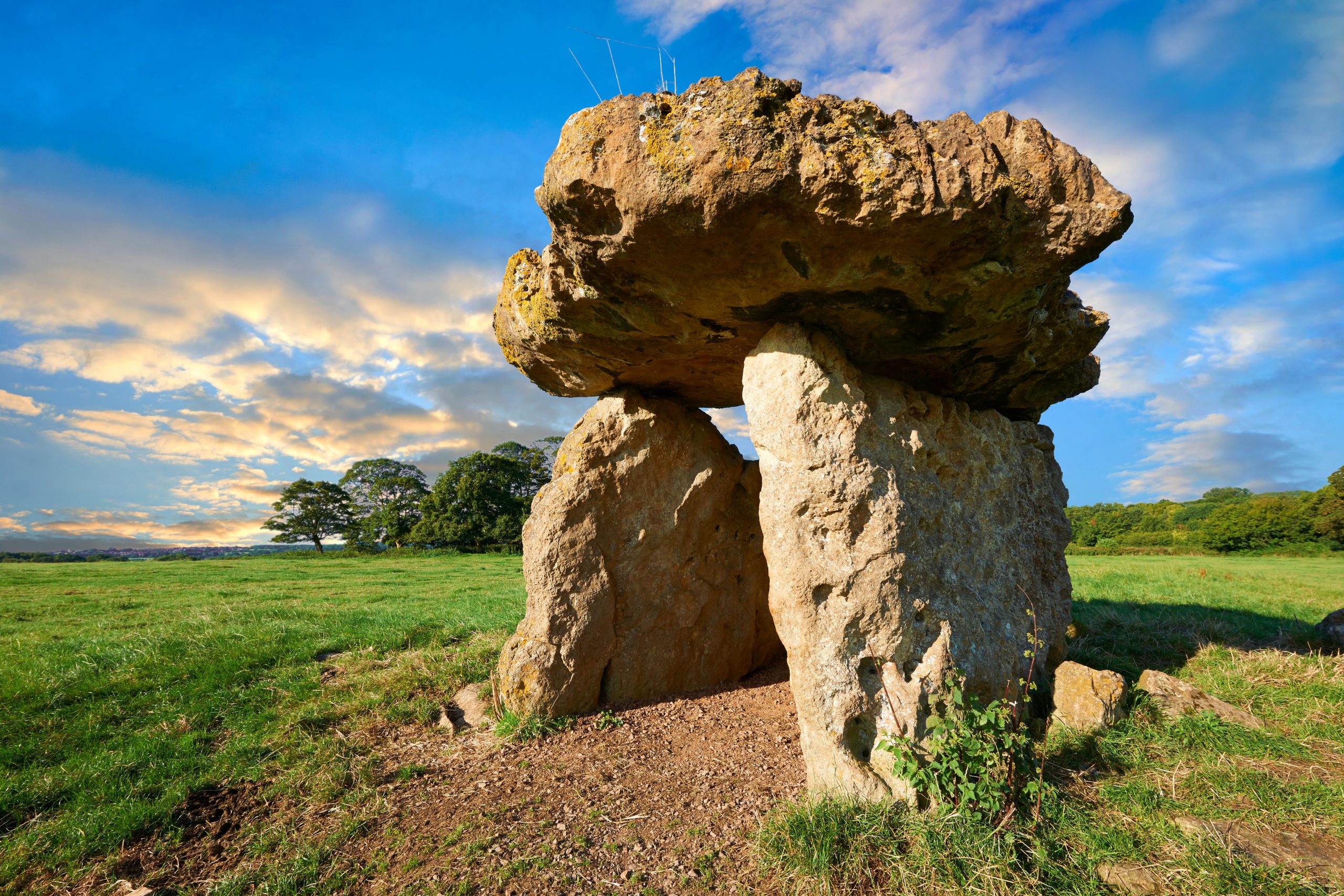 St Lythans chambered long barrow, Vale of Glamorgan: A place to make a Halloween wish
St Lythans chambered long barrow, Vale of Glamorgan: A place to make a Halloween wishAnnunciata Elwes looks at the myths and legends surrounding St Lythans chambered long barrow.
